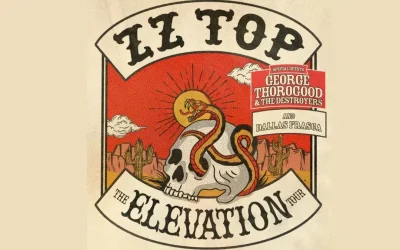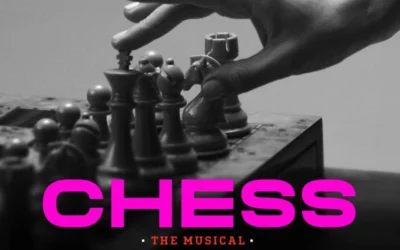When Tim McMahon was a student-athlete at Hofstra in the mid-to-late 1990s, marketing the schools men’s basketball team was fairly simple. “When I was here, it was ‘we have a [future] NBA player, we have an electric, very charismatic coach’ in Speedy Claxton and Jay Wright,” said McMahon, who played four years of baseball at the Long Island school. “It just kind of became the cool thing to do.”
Hofstra still has a future NBA player on the floor in Charles Jenkins and a charismatic coach on the sideline in rookie Mo Cassara, but luring people to watch the Pride in a market saturated with professional sports teams is a challenging and time-consuming job for McMahon. The Pride has posted a winning record in five of the last six seasons, yet average attendance has dipped in each of the last three years.
But McMahon and his staff may have begun to turn things around by embracing social media — and particularly Facebook and Twitter — as a way to inform Long Islanders of the men’s basketball program as well as the other 16 sports at Hofstra. The average attendance for Hofstra’s first five men’s basketball games at the 5,045-seat David S. Mack Sports and Exhibition Complex is 2,928, up from 2,540 through five games last year.
“We’re reaching out to them in different ways, in more ways than one, so we’re trying to be as comprehensive as we can and we’re trying to do it by listening to our fans and trying to reach them in the ways we think are going to let them not only come to games but become [bigger] fans,” McMahon said.
McMahon and his department began to see social media as a way to promote the programs thanks to the active Tweeting of Cassara and women’s coach Krista Kilburn-Steveskey. Cassara, in particular, took to Twitter with a vengeance when he was named head coach in May, corresponding daily with longtime fans and students alike.
“We fed off Mo’s usage of Twitter and really started to see how he used it on an almost day-to-day basis to engage his friends and our fans,” McMahon said. “From a Facebook standpoint, we just kept looking at other minor league franchises, other organizations, [to] see how they utilize the Facebook page. That’s really the second way to provide some kind of special value to Facebook.”
Hofstra operates, in conjunction with an outside marketing firm, a fan Facebook page titled “Hofstra Sports Fan Connection.” The page is an interactive one in which fans can post comments, photos and videos. Players from both the men’s and women’s teams post on the page and solicit questions from fans. And Hofstra dubbed its game against Wagner Friday, November 26 as “Facebook Friends Day” and offered on the Facebook page a coupon good for one $2 ticket to the game. Normal ticket prices are $10 and $15.
“We want to make it something that’s unique to the people that are on the page,” McMahon said. “We want to let the fans be more engaged, more active. We want to help get bodies in the seats [as well as] make them feel like they’re empowered.”
Hofstra drew well when it opened what was originally called Hofstra Arena midway through the 1999-2000 season: The Flying Dutchmen, as Hofstra’s sports teams were known back then, won the America East in both 2000 and 2001 and averaged 3,213 fans in their first 21 games in the new facility.
But Hofstra moved to the Colonial Athletic Association for the 2001-02 season and finished last in its first two years in the new league, which is based in Virginia and didn’t feature as many natural regional rivals for Hofstra as the America East did. Attendance fell to an average of 2,011 in 2002-03. It rose in each of the next four years, during which Hofstra made three NIT appearances, and peaked at 3,623 in 2006-07, but the Pride went 12-18 in 2007-08 as attendance began the current three-year drop. Despite winning 40 games the last two seasons, Hofstra drew average crowds of just 2,681 in 2008-09 and 2,410 in 2009-10.
“It is challenging in a place like Long Island,” McMahon said. “Our prices aren’t going to make people not come, but [there are a great] amount of choices that exist on Long Island, both in the youth sports world and in professional sports that are nearby and just the variety of entertainment options that are in the metropolitan area. So we are always trying to find ways to differentiate ourselves.”



